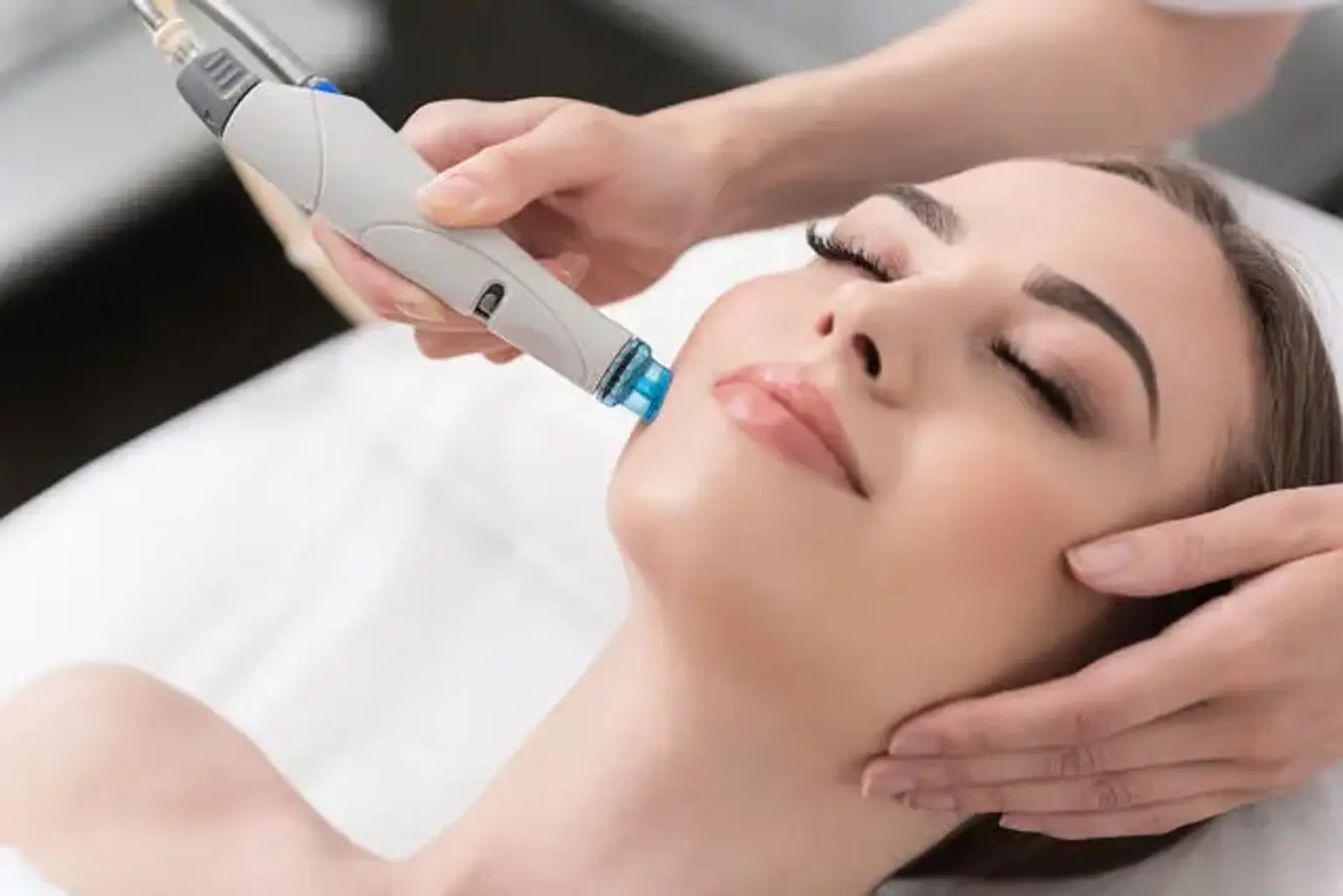Dermabrasion
For ablative facial resurfacing, dermabrasion is a well-known and effective procedure. There are a variety of laser resurfacing systems are available, and they can be quite expensive instruments with related expensive disposable items for every use. When used for the intended purpose, dermabrasion is a very cost-effective and reliable procedure.
Dermabrasion aims to eliminate a thin layer of damaged skin to promote natural tissue repair and skin renewal while preventing scars and pigmentary alterations. Because of the availability of a rich blood supply and supporting network, as well as the supply of key nutrients, this regulated injury cures quickly, promoting tissue reformation of the proteins and architecture of the skin, resulting in renewed skin that is finer and firmer than before.
